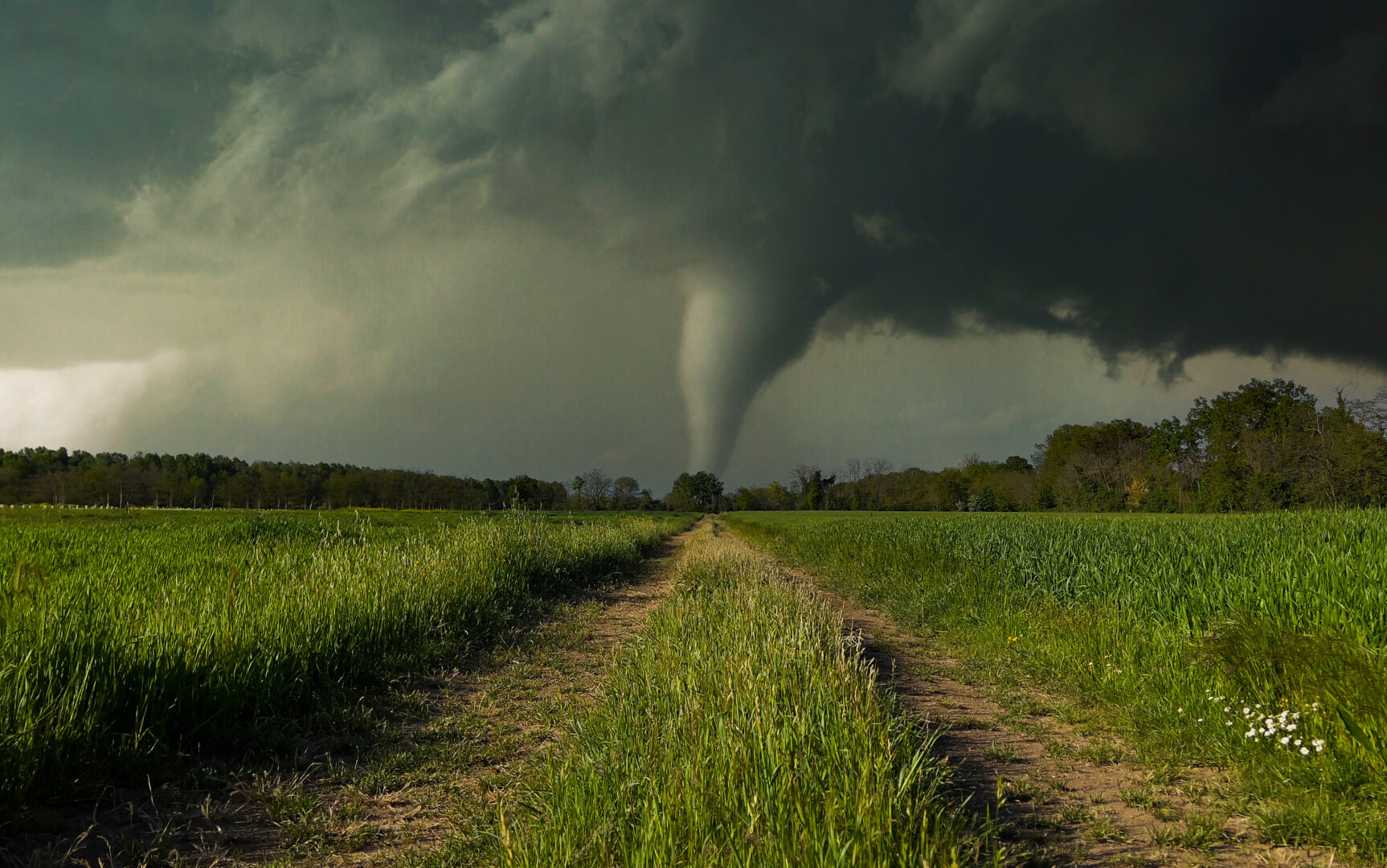
rural landscape with country road in the middle of the cultivated fields

rural landscape with country road in the middle of the cultivated fields

rural landscape with country road in the middle of the cultivated fields
Airdate: Thursday, August 10, 2023
The National Weather Service confirmed an EF1 tornado touched down in East Hopewell Township in southern York County Monday evening. The tornado reached a top wind speed of 107 miles per hour and traveled under half a mile.
When there is severe weather with unusually high winds, the weather service investigates to determine what caused damage from a storm.
Why is important to confirm a tornado or not?
John Bowen, a meteorologist with the National Weather Service in State College, appeared on The Spark Thursday, talking about how tornadoes form, how the National Weather Service issues tornado warnings, and much more.
So, what goes into the formation of a tornado? Bowen likened it to an ingredient list. “The same way you would make a cake, right? You need moisture, lift, and instability to make a severe thunderstorm. We always tell people [to make a tornado] you need a fourth ingredient called wind shear. And there’s a lot of complex processes that go into the development of tornadoes.”
Bowen explained that the biggest tool for predicting tornadoes and severe weather in general is radar, “They’re a fantastic method for data collection and observations. And we’ve improved upon them in the last couple of decades as well. In terms of the algorithms that we use for the data collection and how that data is then displayed on our monitors. So definitely having radar is the biggest tool and it provides us with great research data as well because then we can archive that radar data and go back and say, okay, well this storm produced a tornado with this kind of radar signature, but this one didn’t. Why is that? And we can compare that with our other data as well.”
There have been 15 tornadoes in Pennsylvania in 2023 so far, but it doesn’t seem like that much when compared to the Midwest, where we typically think of tornadoes occurring. Bowen said that this is due to the landscape and environment. “Out in the plains, they’re able to get large destructive tornadoes because the open terrain and their patterns are more conducive [to] it. Our weather patterns [don’t] provide all the right ingredients for that kind of environment. Now, that’s not to say we don’t see tornadoes. I mean, there have been several years where we’ve seen large numbers of tornadoes. But on average, we see anywhere between 15 to 20 tornadoes a year.”
With climate change becoming more and more of an issue globally every year, Bowen explained that it is possible that Pennsylvania could see more tornadoes in the future.
“That’s one of the things that definitely requires further research. With us being warning meteorologists, we’re scientists. But that’s the kind of research that is something that has to be done on the national level, like I mentioned with the National Environmental National Center for Environmental Information. They’re the ones who are able to take that data and research. And that takes time. When we talk about climate, that’s a 30-year aggregation worth of data and you’re adding data that every single day. So, it is possible, but at this time, it’s just hard to say whether conclusively whether or not that’s the case.”
The days of journalism’s one-way street of simply producing stories for the public have long been over. Now, it’s time to find better ways to interact with you and ensure we meet your high standards of what a credible media organization should be.